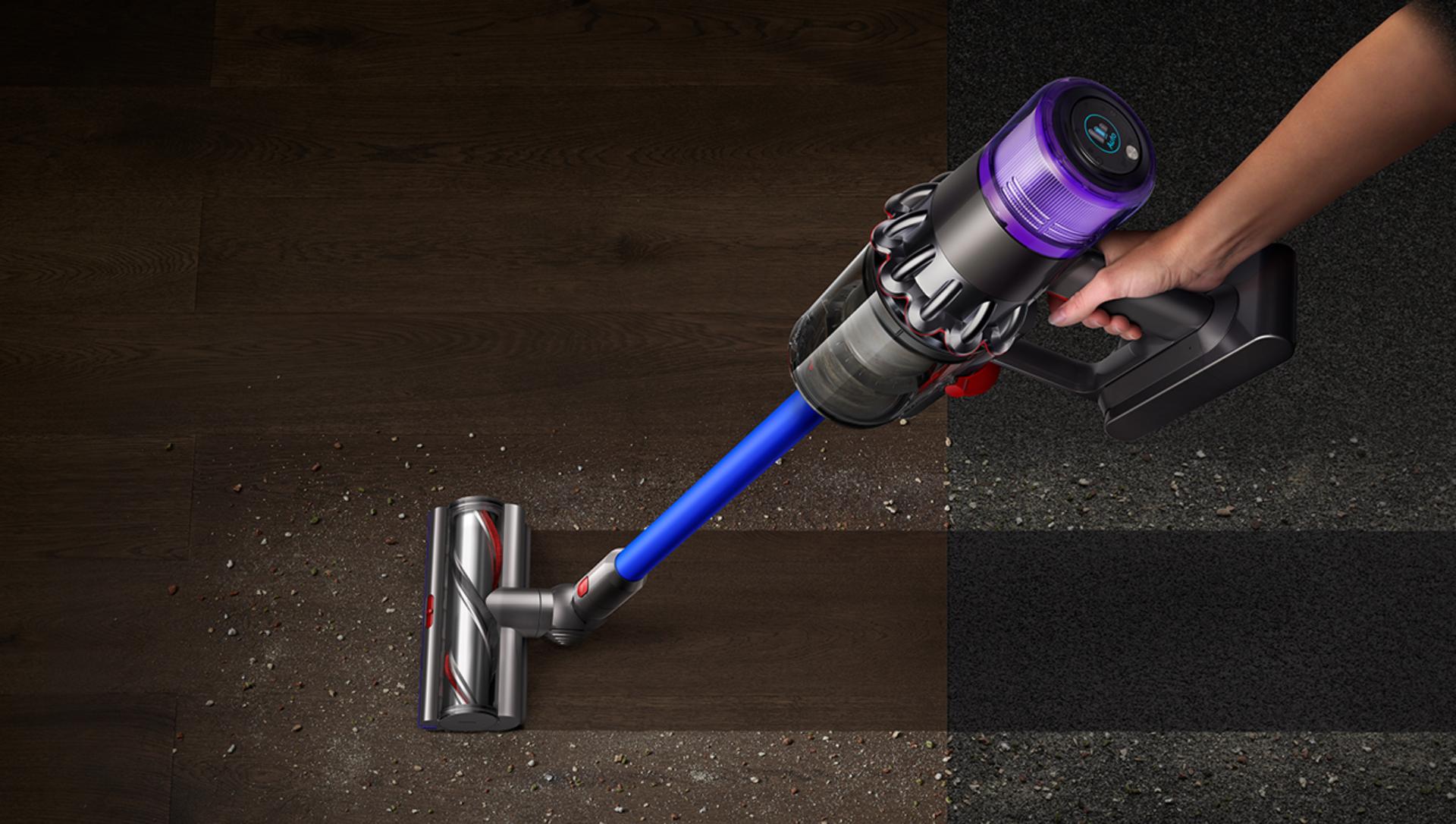This blog explores strategies for sustainable product design, which can reduce the environmental impact of products, from sourcing raw materials to disposal. The blog also gives examples of brands that have adopted these strategies, including IKEA, Patagonia, and Dyson.

Why Sustainable Product Design Matters
As a consumer, the clothes we wear to the electronics we use play a significant role in shaping our world. Unfortunately, many of these products harm the environment, contributing to climate change, pollution, and waste. But what if we told you there is a way to design products that meet our needs and protect the planet? It all starts with sustainable product design.
Did you know that a staggering 80% of a product's environmental impact is determined during the design phase? This means that, as consumers, we have the power to influence the world we live in by supporting brands that prioritize sustainable product design. This approach can help reduce the environmental impact of products at every stage of their life cycle, from the initial sourcing of raw materials to the final disposal.
The circular economy is a crucial concept in sustainable product design. It is an economic system that is restorative and regenerative by design. The idea is to keep resources in use for as long as possible and to eliminate waste by transforming end-of-life products into new ones. The circular economy aims to create a closed-loop system where the materials are reused and recycled instead of discarded, ultimately reducing the environmental impact.
In addition to a circular economy, sustainable product design encompasses a range of strategies to create environmentally friendly, socially responsible, and economically viable products. These strategies include designing products with reduced carbon emissions, prioritizing recyclability, minimizing waste and resource use, designing for energy efficiency, creating products that last longer, and designing them with repair and remanufacturing in mind. By following these principles, consumer-durable brands can develop products that are kind to the environment and beneficial to their bottom line.
This blog post will examine these sustainable product design strategies and explore how consumer-durable brands can create a more sustainable future.
1. Low-carbon materials: Reducing embodied carbon in the built environment
As consumers, we can all play a part in reducing our carbon footprint, and consumer-durable brands can create more sustainable products. One way they can do this is by using low-carbon materials in building design. Using materials like recycled steel, bamboo, or sustainably-sourced wood, brands can positively impact the environment. These materials have a lower carbon footprint than conventional materials like plastic and metal, and they can help reduce transportation emissions by sourcing materials locally.
For example, furniture retailer IKEA has committed to using only renewable and recycled materials in its products. It has even introduced a range of products made from renewable and recycled materials, like its bamboo-based KUNGSBACKA kitchen cabinets. By supporting brands that prioritize low-carbon materials, we can all do our part in creating a more sustainable future.

2. Design for recyclability: Closing the loop on waste reduction
Designing for recyclability means creating products to make them easier to recycle or repurpose at the end of their life cycle. By doing this, consumer-durable brands can help reduce waste and minimize the need for new materials.
For instance, if a product is designed to be easily disassembled, its components can be recycled or repurposed more efficiently. This also enables manufacturers to recover more valuable materials from used products. On the other hand, if a product is designed to be difficult to disassemble, it can be harder to recycle and may end up in landfills.
Consumer-durable brands that prioritize designing for recyclability can significantly impact waste reduction. For example, outdoor gear and clothing company Patagonia has introduced a range of products made from recycled materials, such as polyester from recycled plastic bottles. The company has also established a recycling program to encourage customers to return used garments and gear for recycling.

3. Dematerialization: Designing for resource efficiency and reduced waste
Dematerialization is an important strategy that consumer-durable brands can adopt to improve product efficiency and reduce waste. By designing products with less material, brands can reduce their environmental impact while improving their products' performance. This approach can be achieved in various ways, such as reducing the size and weight of products, using lightweight materials, and creating products that serve multiple purposes.
For example, vacuum cleaner manufacturer Dyson has introduced cordless vacuum cleaners that use less material and energy than traditional models. These vacuums are also versatile, as they can be used as handheld cleaners, allowing consumers to clean hard-to-reach areas easily. Using these vacuums, consumers can reduce their energy consumption and the amount of material that ends up in landfills.
In addition to improving product efficiency, dematerialization can also help reduce the environmental impact of transportation. By reducing the weight and size of products, brands can reduce the energy required to transport them, reducing the emissions associated with transportation.

4. Design for energy management: Prioritizing products with lower energy consumption
Designing products with energy management in mind involves prioritizing energy efficiency and the reduction of energy consumption. By doing so, consumer-durable brands can help reduce carbon emissions and energy costs for consumers. Energy-efficient products can be achieved through various methods, such as using advanced technology, optimizing product design, or incorporating smart features.
For example, appliances with Energy Star ratings meet strict energy efficiency guidelines set by the US Environmental Protection Agency, ensuring that they consume less energy and produce fewer greenhouse gas emissions than standard appliances. Similarly, smart home devices, such as thermostats and lighting systems, can be programmed and controlled remotely, allowing users to reduce energy usage and costs by optimizing heating, cooling, and lighting.
Whirlpool's Smart Over-the-Range Microwave is an energy-efficient product that combines advanced technology and smart features. With the ability to cook with a voice command, users can save energy and reduce the need for additional cooking devices, such as stovetops or ovens. This product also has an Energy Star certification, indicating its energy efficiency and encouraging consumers to make eco-conscious choices when selecting home appliances.

5. Design for product lifespan: Creating products that last long
Designing products with a longer lifespan is an important strategy for promoting sustainable consumption. When consumer-durable brands prioritize durability, they help reduce the environmental impact of manufacturing and disposal while providing consumers with more value for their money.
Creating durable products that withstand wear and tear and the demands of everyday use can help reduce the need for new products to be manufactured and purchased. This reduces the amount of waste in landfills, conserves natural resources, and reduces the carbon footprint of the manufacturing process.
For instance, shoe company Nisolo has introduced a line of sustainable shoes that are stylish and comfortable and designed to last. These shoes are made from high-quality materials such as leather and are crafted to be repaired and resoled, thus extending their lifespan and reducing the need for new shoes to be purchased. In addition to promoting sustainable fashion, Nisolo's approach encourages consumers to invest in quality, long-lasting products that can save them money in the long run.

6. Design for repairability and remanufacturing: Reducing waste through repair reuse, and end-of-life considerations
Designing products for repairability and remanufacturing can have significant environmental and economic benefits. By designing products with easily replaceable parts or offering repair services, consumer-durable brands can help extend the lifespan of their products and reduce the amount of waste that ends up in landfills. This approach benefits the environment by reducing the consumption of natural resources and energy required for manufacturing new products and can also be economically beneficial for consumers and brands.
For consumers, repairing products can be more cost-effective than constantly buying new products. For brands, offering repair services can help build customer loyalty and improve their reputation for sustainability. Additionally, designing products that can be disassembled and remanufactured into new products can help create a circular economy where materials are kept in use and waste is minimized. This approach can create jobs and economic opportunities in remanufacturing and recycling industries, benefiting the economy and society.
For example, tech company Dell has a "closed-loop" recycling program where they repurpose used electronics for use in new products. In the fashion industry, Levi's has introduced a range of denim products made from recycled materials that can be recycled again at the end of their life.

A call to action for a sustainable future
By embracing sustainable product design strategies, consumer brands can protect the planet and create products that are good for business. From using low-carbon materials to designing for energy management, there are many ways for brands to reduce their environmental impact and build a greener future. But it is not just up to the brands; we, as consumers, can make a difference by supporting sustainable brands and choosing products that prioritize sustainability. Together, we can create a world where our products meet our needs and preserve our planet for future generations. So, let's prioritize sustainability and build a better future, one product at a time.






